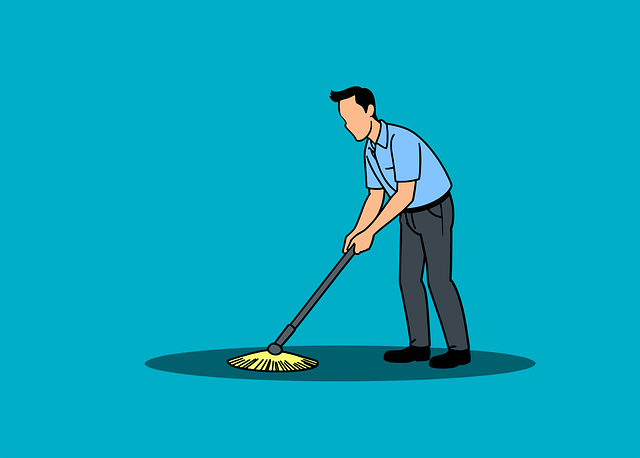Dry carpet cleaning offers a swift, efficient alternative to traditional wet methods by extracting dirt and stains without immersing carpets in water. This revolutionary process minimizes dampness, mold, mildew risks, and water damage potential, ensuring faster drying times (within hours) and ideal for quick turnaround needs in homes or offices. Using powerful vacuums and specialized chemicals, dry cleaning is gentle on carpet fibers, preserving their quality and color while eliminating health hazards associated with excess moisture. Proper equipment and chemical selection, along with adequate preparation and ventilation, maximize its benefits. Regular maintenance through frequent vacuuming, prompt spill attention, doormats, and furniture protection further extend the lifespan of carpets cleaned in this manner.
Discover the revolutionary power of Quick Dry Carpet Cleaning, a unique approach that transforms traditional carpet care. This innovative method promises fast, efficient results without the usual downtime. In this comprehensive guide, we’ll explore everything from the science behind dry cleaning to its numerous benefits and optimal maintenance practices. Learn which carpets thrive on this treatment, the tools involved, and how to avoid common pitfalls for spotless, durable floors.
Understanding Dry Carpet Cleaning: A Unique Approach
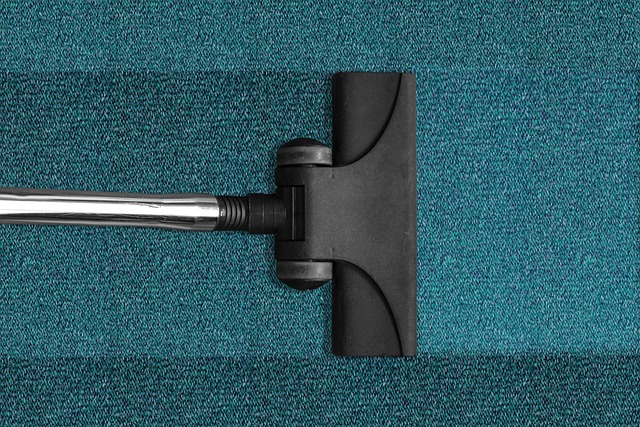
Dry carpet cleaning is a unique and innovative approach that sets it apart from traditional wet cleaning methods. This method utilizes specialized equipment to extract dirt, stains, and moisture from carpets without immersing them in water. It’s a game-changer for those seeking efficient, quick, and low-moisture cleaning solutions.
Unlike wet cleaning, which can leave carpets damp and potentially lead to mold or mildew issues, dry cleaning is swift and effective. The process involves the use of powerful vacuum cleaners and specialized chemicals that attract and lift dirt particles from the carpet fibers. This technique not only ensures faster drying times but also reduces the risk of water damage, making it ideal for homes, offices, or any space where quick turnaround times are essential.
How Does Quick Dry Carpet Cleaning Work?
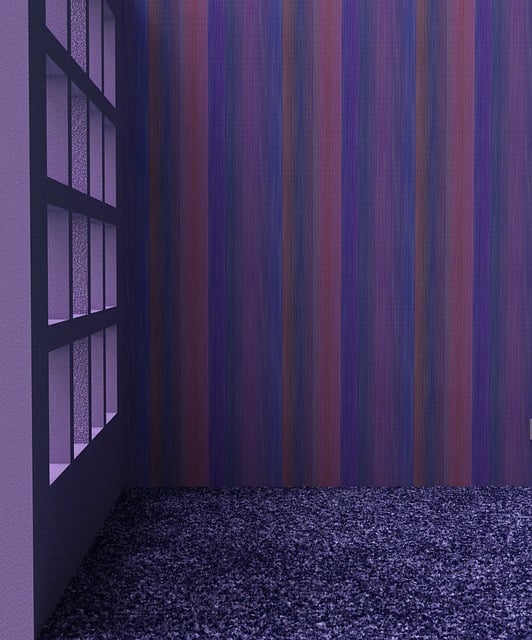
Quick dry carpet cleaning is a revolutionary method that significantly reduces drying time compared to traditional techniques. This innovative process involves advanced equipment and specialized solutions that deeply clean carpets while minimizing moisture content. During the cleaning, powerful vacuums extract dirt, stains, and debris from the fibers, allowing for rapid evaporation of moisture due to specialized drying agents. These agents not only expedite the drying process but also prevent mold growth and ensure a more hygienic environment.
The key advantage lies in the fact that carpets can be dried within hours instead of days, thanks to efficient circulation of air and heat. This swift turnaround time means less disruption to your daily routine and faster return to a clean, comfortable living space. Moreover, quick dry carpet cleaning is gentle on the fibers, preserving the carpet’s quality and extending its lifespan.
Benefits of Choosing This Method

Choosing quick dry carpet cleaning offers numerous advantages that make it a preferred method for many homeowners and businesses. One of the key benefits is minimal disruption to your daily routine. Unlike traditional wet cleaning methods, dry cleaning causes no soaking or dripping, eliminating the need for lengthy drying times and restricting access to the cleaned areas. This makes it ideal for busy households or commercial spaces where quick turnaround times are essential.
Another advantage lies in its efficiency and effectiveness. Dry carpet cleaning utilizes specialized equipment and chemicals that attract and encapsulate dirt and stains without leaving behind excess moisture. This not only reduces the risk of mold growth and mildew but also ensures faster drying, often within a few hours, allowing for immediate use of the carpets again. Moreover, it is gentler on various carpet fibers, preserving their quality and color over time.
Suitable Carpets for Dry Cleaning
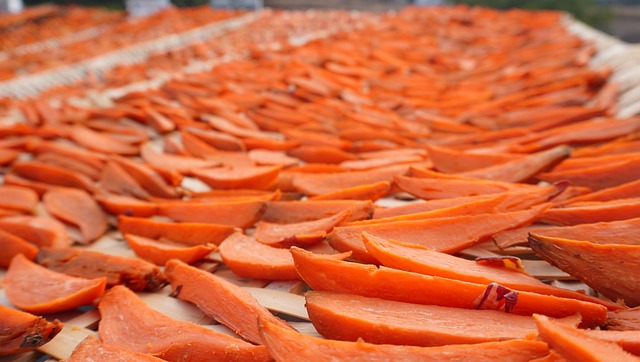
When considering dry carpet cleaning, it’s essential to understand which carpets are best suited for this method. Certain types of carpets dry faster than others due to their composition and fiber structure. Synthetic fibers, like nylon or polyester, are highly recommended for dry cleaning as they quickly absorb and release moisture. These materials are commonly found in area rugs and low-pile carpets, making them ideal candidates for quick drying techniques.
On the other hand, natural fibers such as wool or silk require more careful handling during cleaning processes due to their sensitivity to heat and moisture. While not all natural carpets are off-limits for dry cleaning, it’s crucial to consult professionals who can determine the best course of action based on the specific material and construction of the carpet.
The Equipment and Chemicals Used
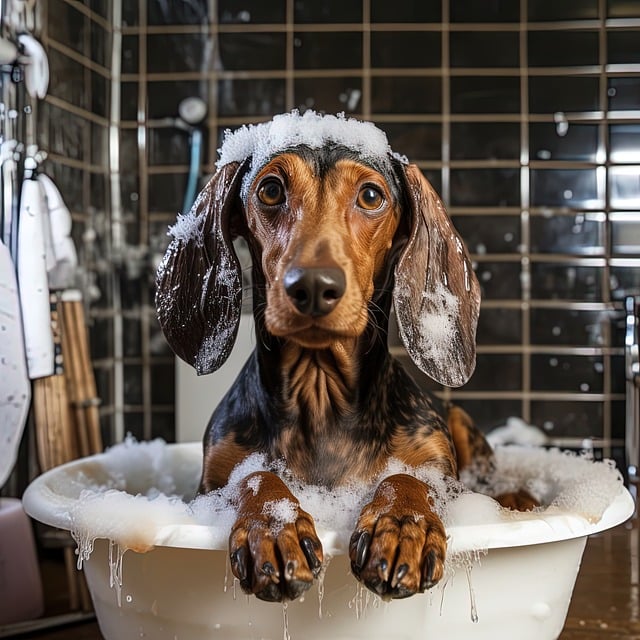
In the realm of dry carpet cleaning, the equipment and chemicals employed play a pivotal role in achieving optimal results. Professional cleaners utilize specialized machines designed to extract dirt and debris from carpets efficiently while minimizing moisture intrusion. These tools are engineered to apply a precise amount of cleaning solution, ensuring a thorough yet gentle cleansing process. The key lies in balancing power with care to prevent excessive water usage, thus expediting the drying time significantly.
Chemicals used in dry carpet cleaning are carefully selected for their effectiveness and safety. These include surfactants that help break down stains and dirt, as well as natural or environmentally friendly compounds that ensure the process is non-toxic. The low-moisture approach means these chemicals evaporate quickly, leaving carpets fresh and clean without the risk of mold or mildew growth often associated with traditional wet cleaning methods.
Common Mistakes to Avoid During the Process

When it comes to dry carpet cleaning, a common pitfall many homeowners make is attempting the process themselves with over-the-counter solutions. While these products might seem like a cost-effective option, they often lack the potency needed to effectively clean deep-seated dirt and debris. This can leave your carpets appearing only slightly better, leading to an incomplete cleaning job and potential health risks from lingering contaminants.
Another mistake to avoid is skimping on preparation. Vacuuming thoroughly before applying any dry cleaning solution is crucial. Failing to do so will result in the solution settling on top of dirt instead of reaching deep into the carpet fibers. Additionally, ensuring adequate ventilation during the cleaning process is essential to prevent the buildup of fumes and ensure optimal drying times, minimizing the risk of mold or mildew growth.
Tips for Optimal Results Post-Cleaning

To achieve optimal results after a dry carpet cleaning session, there are several tips to keep in mind. First, immediately after the cleaning process, gently blot any residual moisture with clean, absorbent towels. Avoid rubbing or smearing, as this can push dirt deeper into the fibers. Next, open windows and use fans to expedite the drying process, ensuring air circulation across the entire carpeted area.
Additionally, avoid walking on the freshly cleaned carpets until they are completely dry to prevent tracking mud or dirt onto the clean surface. Use furniture pads when moving pieces to minimize direct contact with the carpet, further reducing the risk of re-soiling. Lastly, consider using a fan or dehumidifier in the room to accelerate drying and maintain optimal air quality, especially in humid climates.
Maintenance and Prevention: Keeping Your Carpets Healthy

Regular maintenance is key to keeping your carpets looking their best and extending their lifespan, especially when employing dry carpet cleaning methods. A few simple steps can significantly reduce dirt, dust, and other debris buildup, preventing damage and maintaining that fresh, clean appearance. Vacuuming frequently with a powerful vacuum cleaner equipped for deep cleaning removes surface dirt and prevents it from settling deeper into the fibers. Additionally, addressing spills immediately is crucial; blotting up liquid messes quickly minimizes moisture penetration, which can lead to mold growth and unpleasant odors.
Beyond routine care, preventative measures play a vital role in maintaining healthy carpets. Using doormats at entrances helps trap outdoor dirt and grime before it enters your home. Removing shoes at the door encourages this practice, further reducing tracked-in debris. Also, consider rotating your furniture periodically to minimize heavy traffic areas, allowing all parts of the carpet to breathe and avoid excessive wear.
